Why Are There Black Streaks on My Roof?

by
Wet & Forget
(IC: professional)
You take pride in your home’s appearance and then one day you notice ugly black streaks or splotches on your roof. Alarmed, you think, what’s that on my roof and where did it come from? Here’s a quick rundown of what it is, what causes it, and how Wet & Forget Outdoor erases those unsightly asphalt shingle stains.
What is it?
Why is it growing on my roof?
Why should I remove roof algae?
Enjoyed the project?
Published April 19th, 2016 4:23 PM




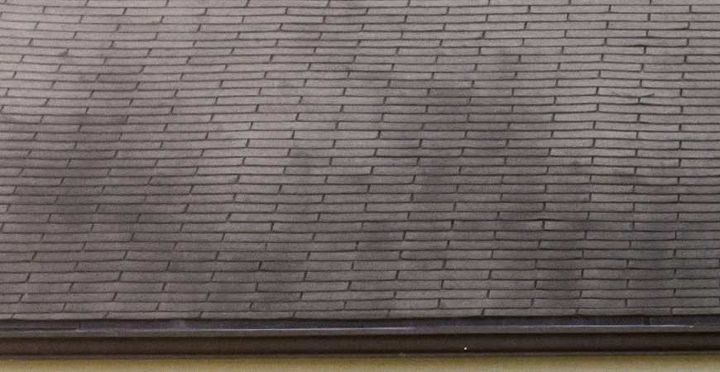


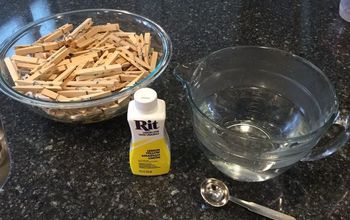



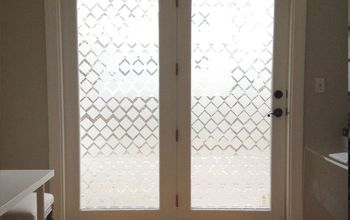



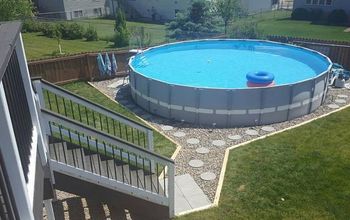

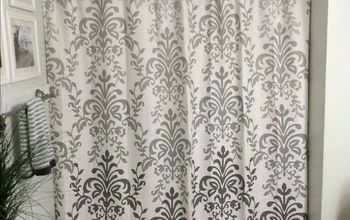


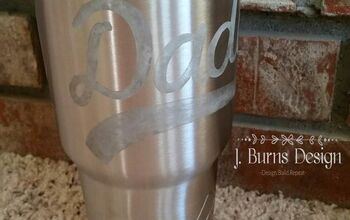




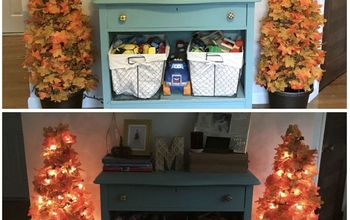
Frequently asked questions
Have a question about this project?